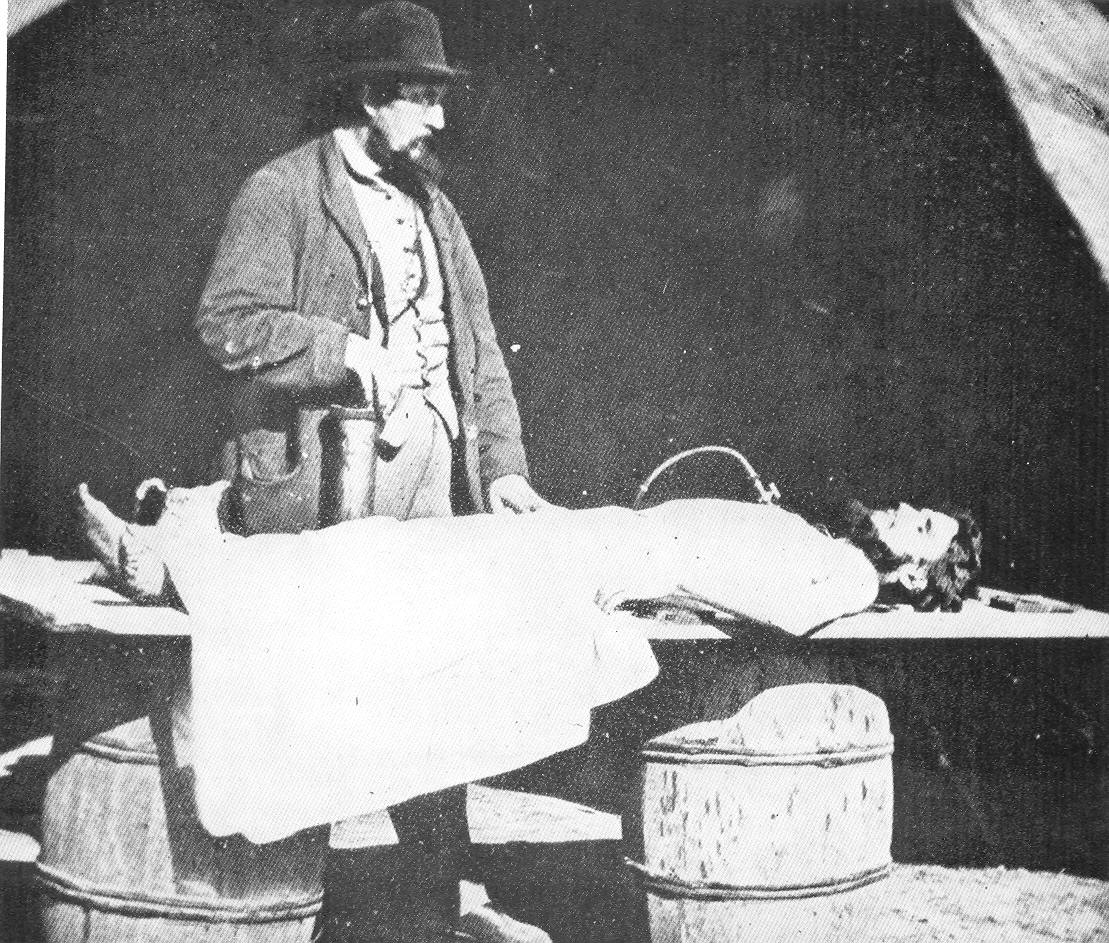Funeral directors don’t have a great history of responding to criticism (think Jessica Mitford). Generally, instead of listening to the critiques of outsiders, we put our pretentiousness to work and wallow in our self-built views of respect and professionalism.
It’s healthy to listen. It’s healthy to allow intelligent, honest critiques from the outside to sink in and take root. And it’s a disservice to those we serve when we don’t listen, change and adapt.
Here’s one such critique. It deserves a listen.
Via Reddit User jetpacksforall
On a recent AskReddit thread, someone asked “what is a complete and utter waste of money that people continue to spend their money on” and one redditor replied funerals. Immediately, people rushed to the defense of (American) funeral directors who, it is true, have a very difficult and challenging job. But is all of it necessary?
According to the National Funeral Directors Association, median funeral costs in 2010 came to $7,045, not including cemetery costs. $695 is the average embalming cost, and cosmetic reconstruction can run anywhere from $150 to hundreds of dollars.
Embalming became popular in North America during the US Civil War, when the need to ship large numbers of bodies home by rail without unseemly haste led to the practice. Doctor Thomas Holmes was commissioned by the Union medical corps to embalm fallen Union soldiers, leading to widespread acceptance of the practice. President Lincoln was embalmed following his assassination, and his procession home to Illinois raised the profile of embalming even further. International law requires embalming for transshipment of bodies, for sanitary and health reasons. But aside from that concern, there is absolutely no reason for embalming in the vast majority of funerals. Modern refrigeration has made the concerns of the Civil War era a thing of the past, yet Americans continue the practice. Most other countries around the world do not practice embalming.
Cosmetic reconstruction is considered necessary for open casket viewing, visitation and religious ceremonies in America. This process is separate from embalming, although the two are usually performed in sync. Funeral directors will often ask for a recent photograph of the deceased, and then use a combination of cotton stuffing, sutures and theatrical makeup to try and recreate the photograph on the deceased’s face.
The purpose of embalming and cosmetic reconstruction in America is to create what funeral directors have sometimes called a “memory picture” of the deceased, a kind of final impression of the person as they were in life. This has even been suggested as a necessary part of the bereavement process, as if viewing an unadorned dead body could cause some kind of psychological damage.
In reality, in my view, the aim of embalming and cosmetics is to create an illusion that conceals the reality of death. Practicing a kind of taxidermy on our deceased loved ones is a form of denial of death. The notion of creating a “memory picture” is in many ways similar to another great American invention, the advertising campaign. It’s an illusion designed to create an arranged, idealized impression of the person’s life while completely ignoring the unpleasant reality of death and loss.
In other words, rather than aiding the grieving process, embalming and cosmetics represents an attempt to delay and conceal the reality of dying and grief, and it is therefore neurotic and unhealthy. Not to mention expensive and unnecessary, and downright weird from the perspective of other countries (like Mexico) that have much less artificial, much more intimate funeral rituals. CMV.
